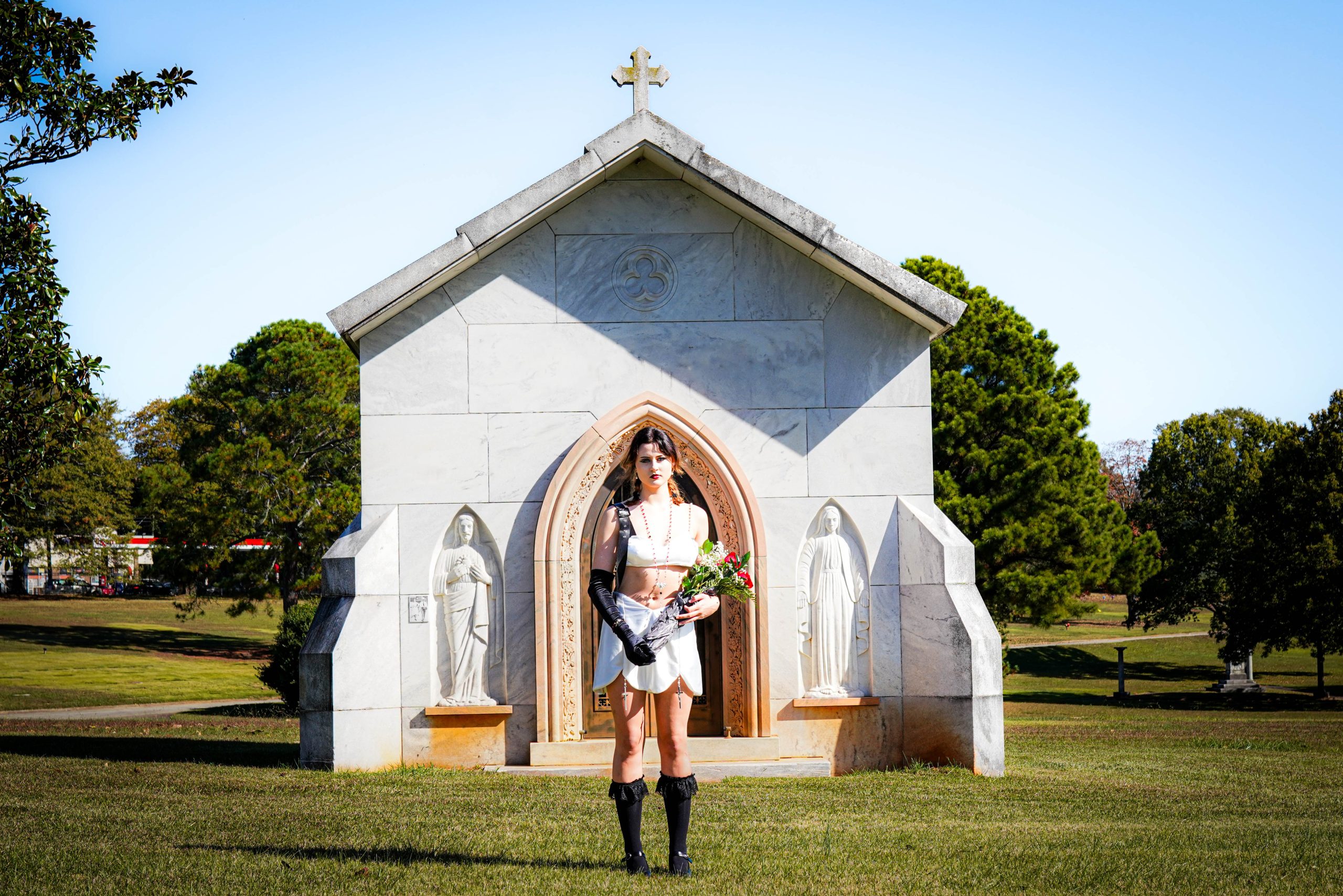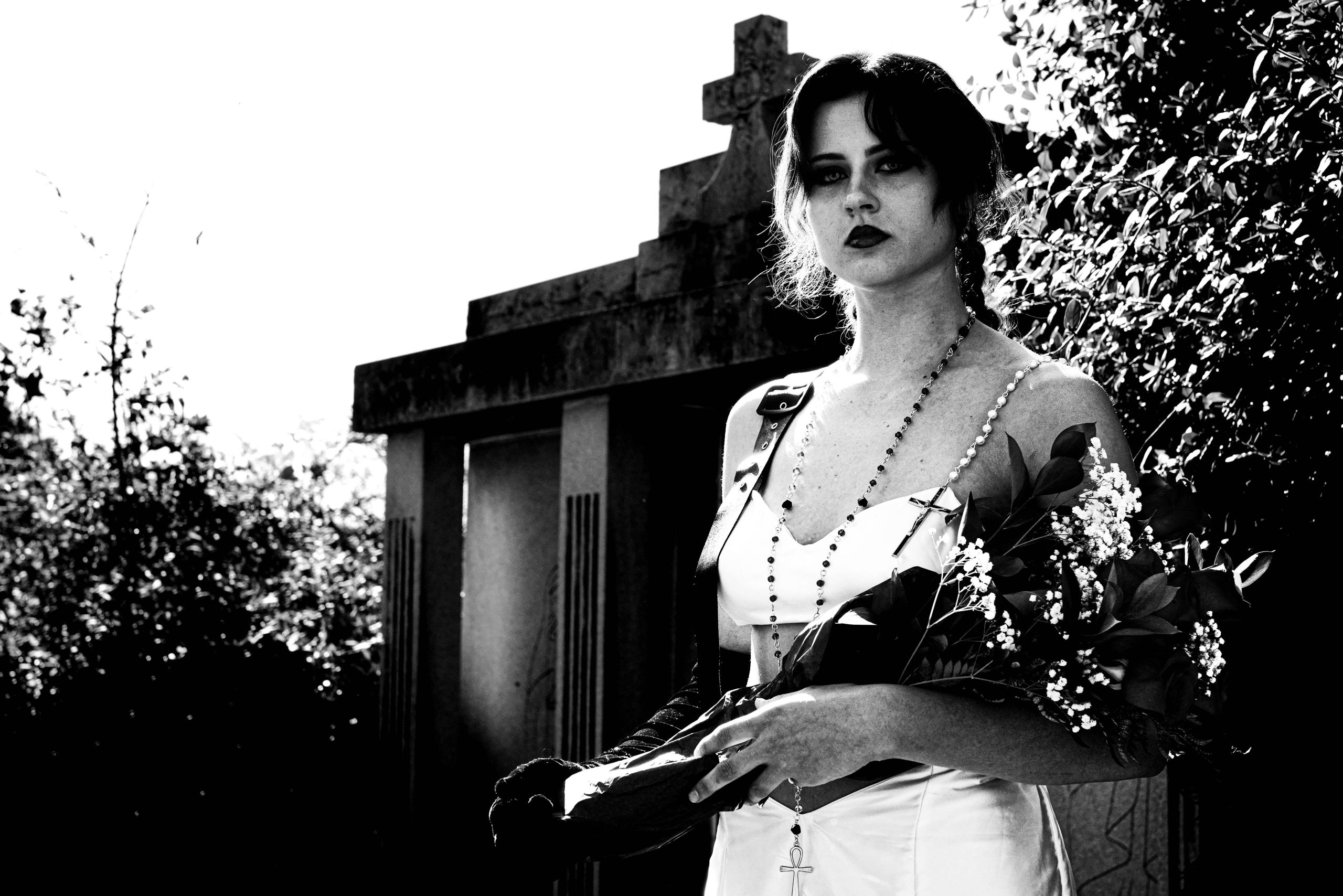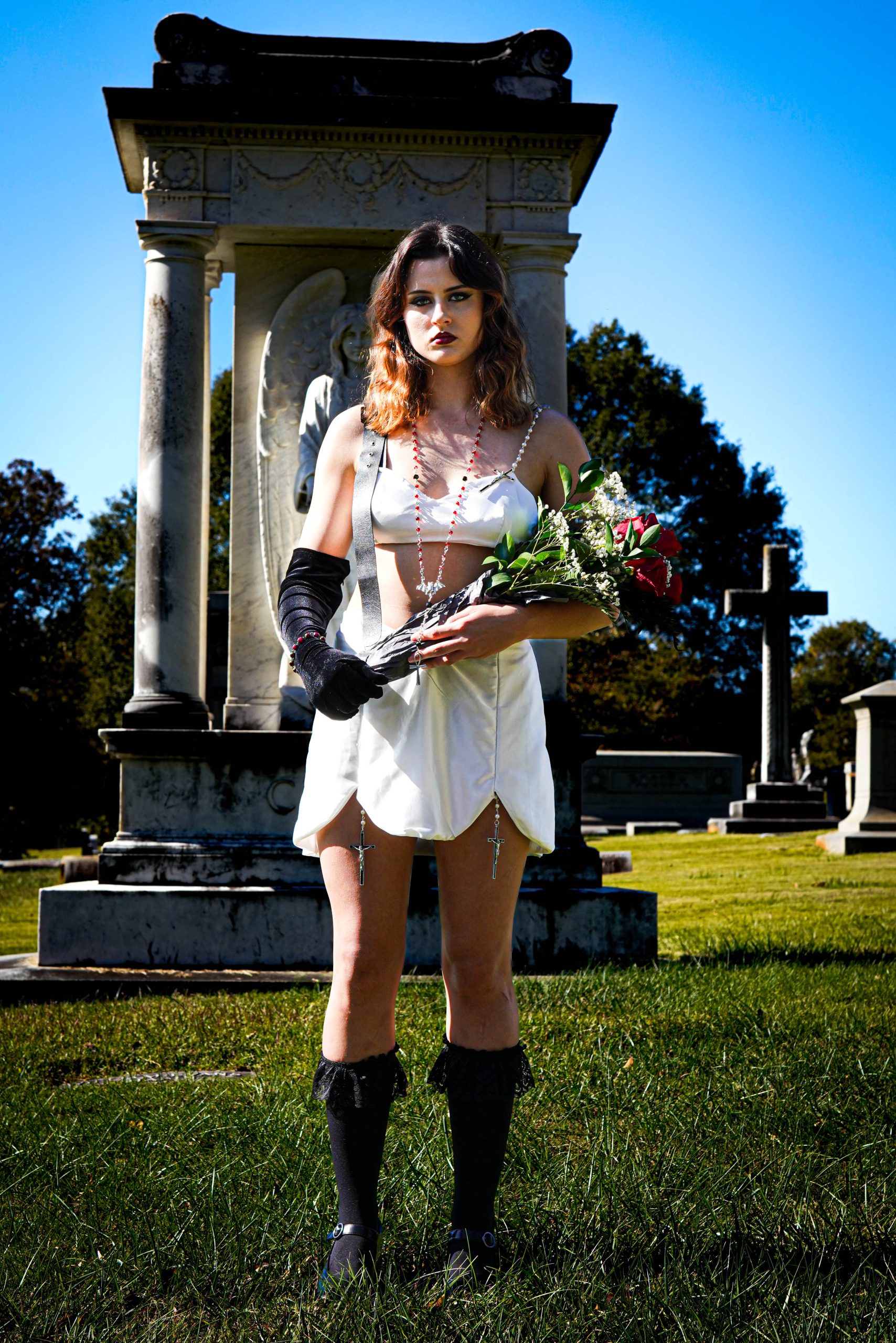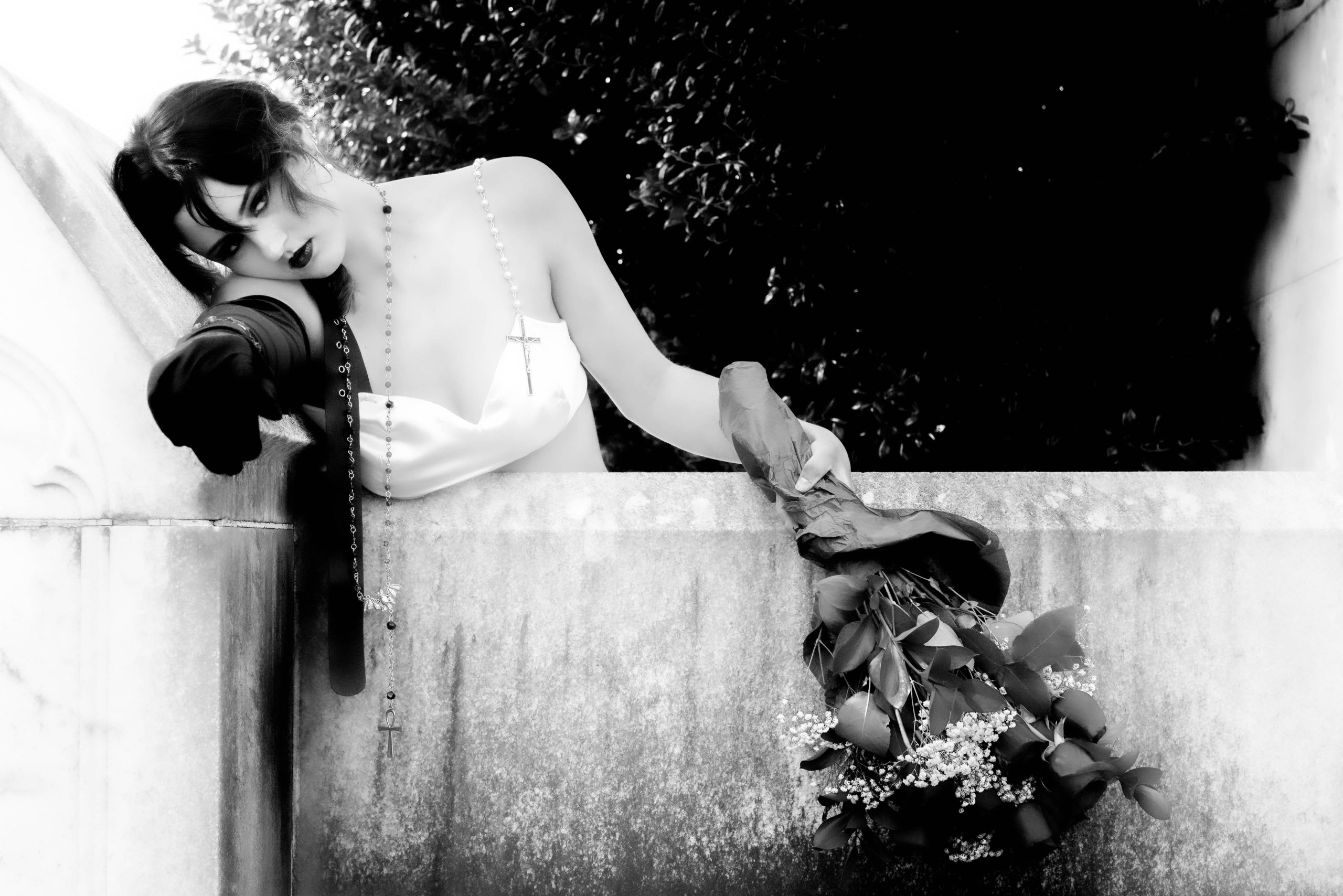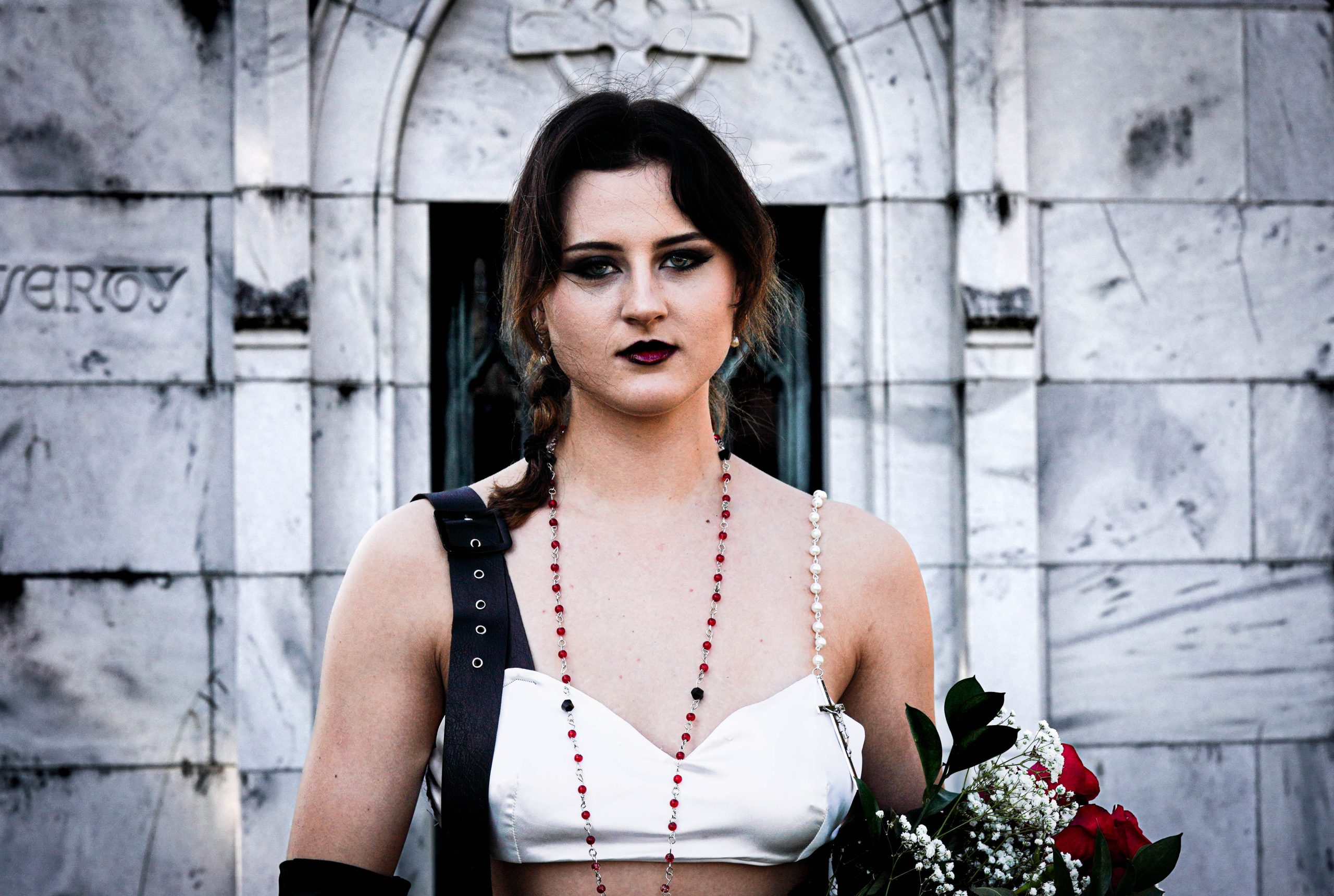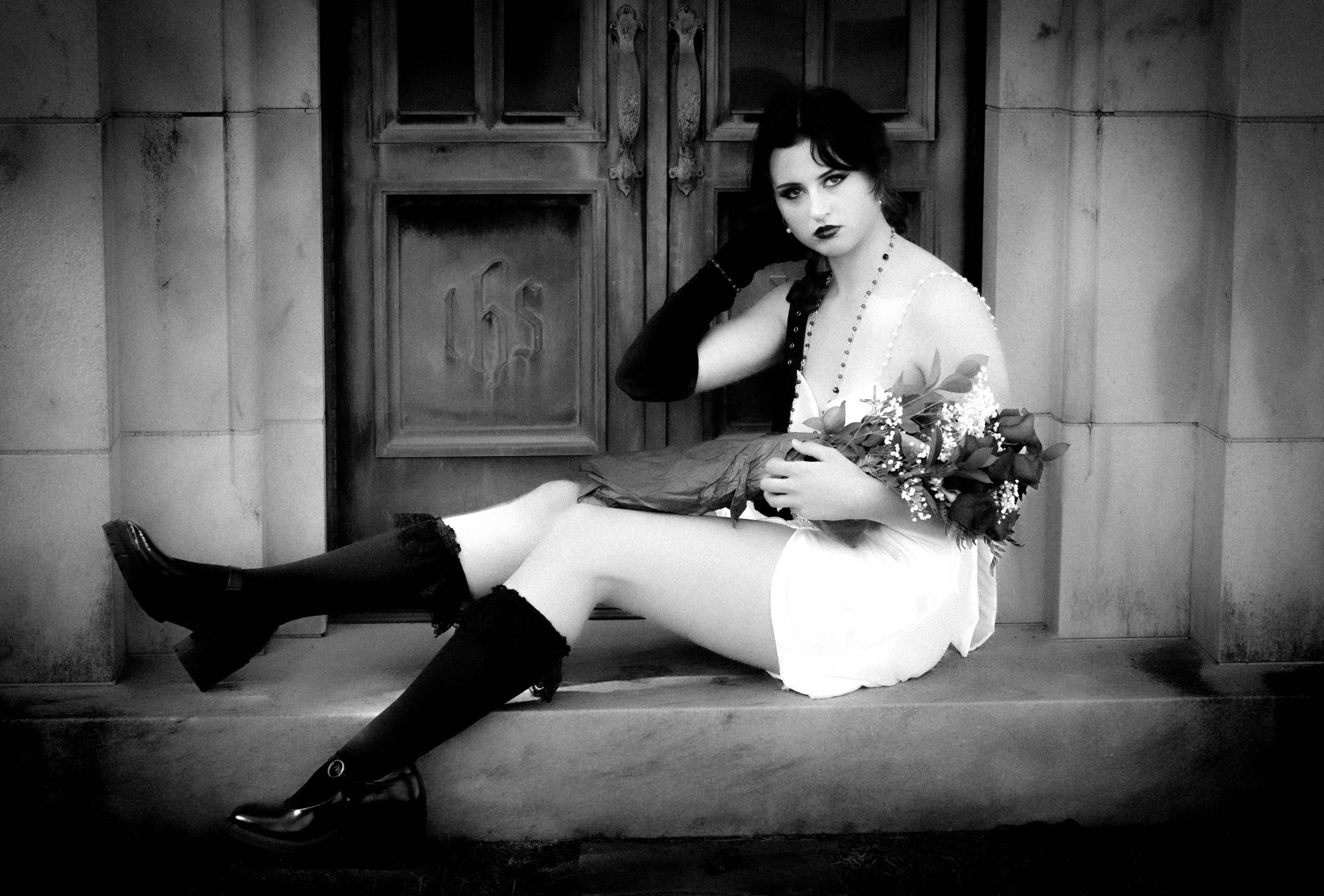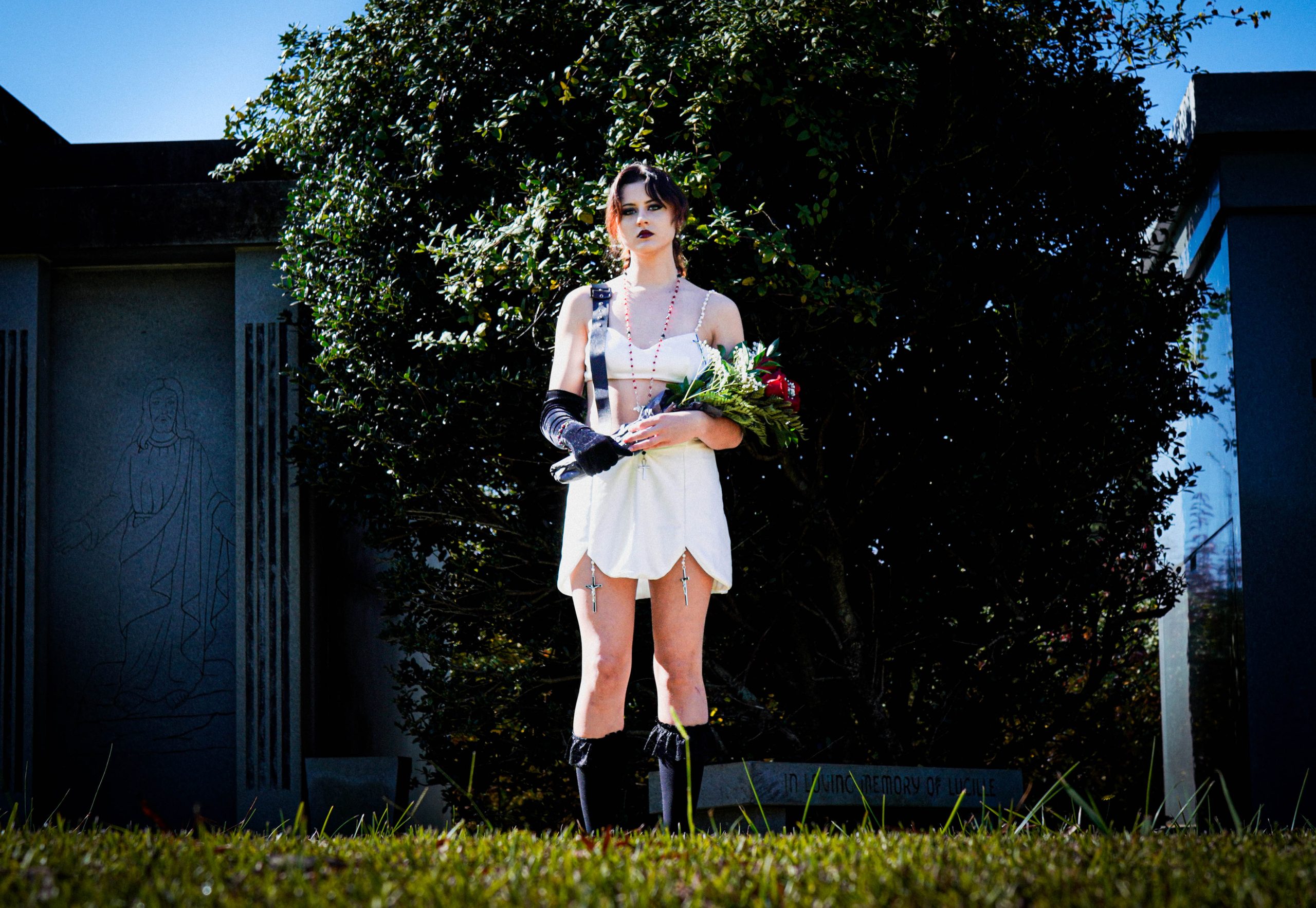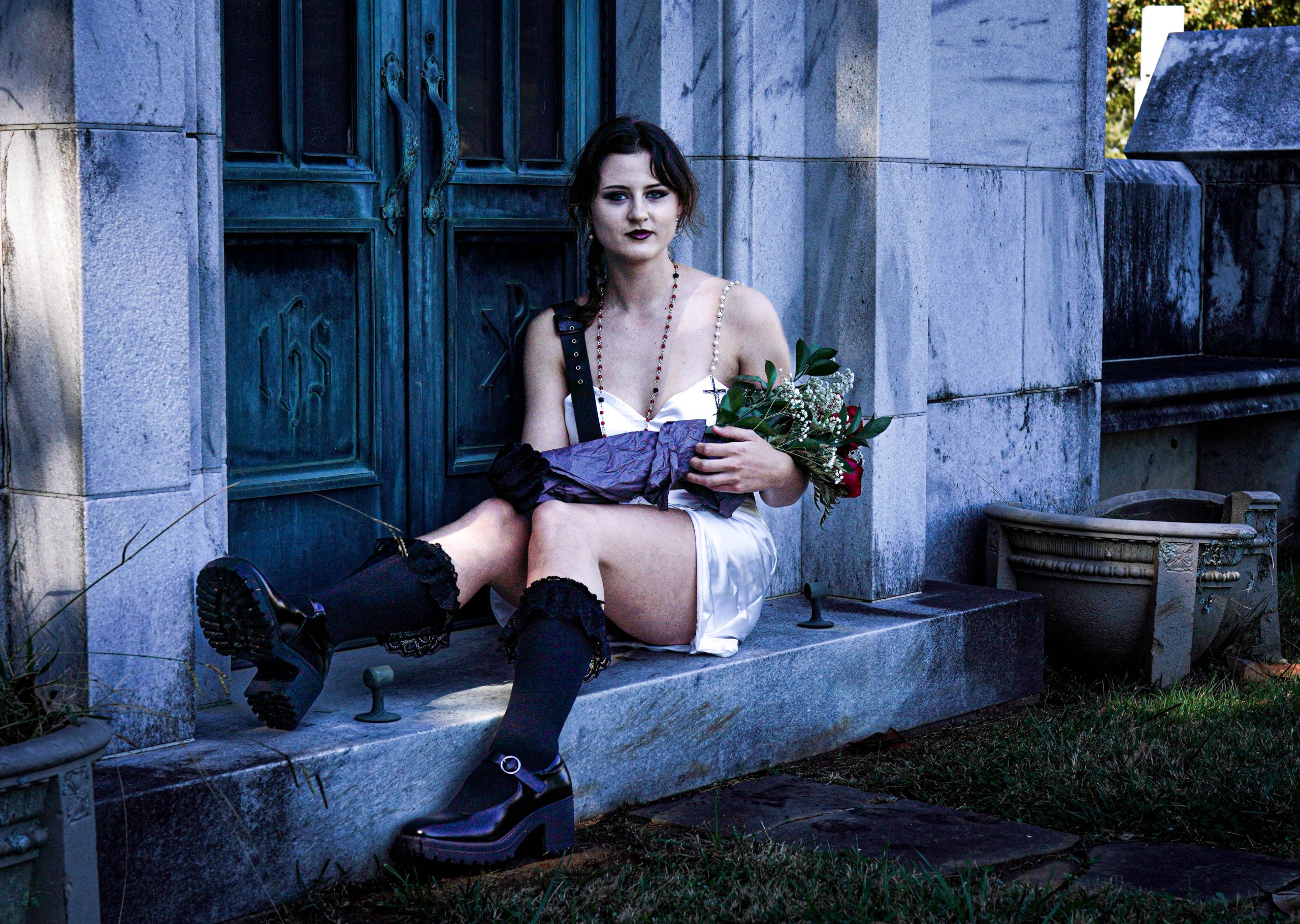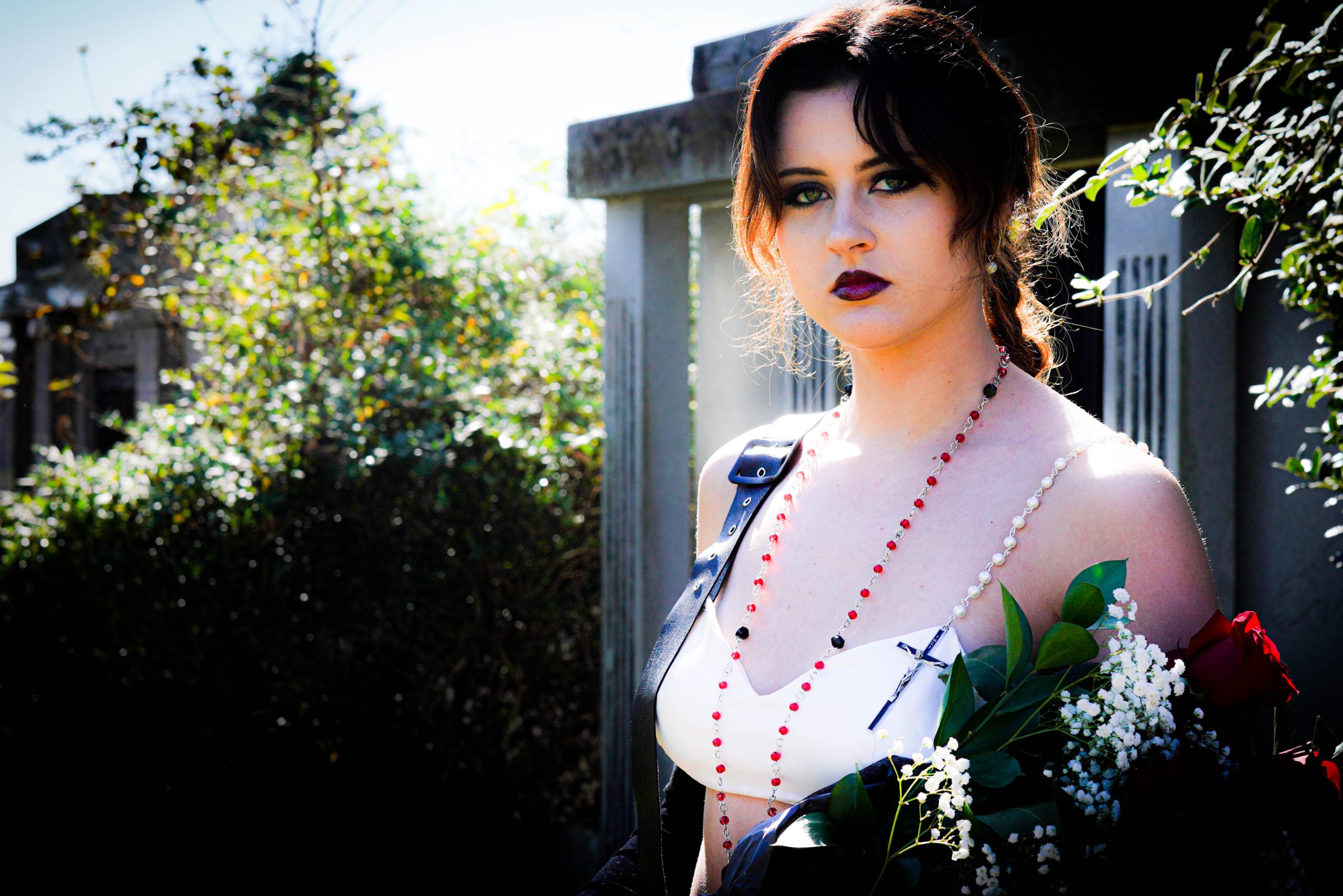Death is inevitable however despite that fact it is often an incredibly touchy subject. It brings up a lot in people, maybe someone they know, and love is very ill and that lingering anxiety of “what if they don’t get better” has been haunting their mind for the past week. Or maybe someone close to them has recently passed away. Regardless of the circumstances the idea of talking about death is almost taboo because of the pain and grief associated with losing a loved one.
The word cemetery has its root in the Greek word meaning “sleeping place.” For those who have decided to take the route of burial these places are often sacred and visited by those left behind as a way to remember, honor, and feel closer to the deceased. In a cemetery you’d expect to see burial proceedings, visiting friends and family, as well as those who take care of the land. It’d likely be off-putting to see a crew of photographers or film makers posing on top of your loved one’s grave. Although death and the discussion of it is considered somewhat taboo for most people’s comfort levels. Artists have long pushed the boundaries of topics such as this. Exploring it meticulously through their own artistic avenues.
One example is Steven Meisel’s black and white photo series titled Silent, a tribute to the late fashion designer Yves Saint Laurent. Meisel’s body of work portrays a burial proceeding depicting the models grieving. From one shot of a woman being comforted by two men to her being shown on the grave in a state of anguish being grasped at the arm by a man appearing to try and pull her away from the tombstone. Each image capturing an accurate representation of the emotions people experience following the death of someone they love. Some may feel as though the series is a dramatized version of grief, but we often don’t allow ourselves to fully express our sorrows for a plethora of different reasons. Art has been known to shed light onto different aspects of human experience and this series does just that by highlighting grief in a way that’s relatable as well as by honoring the impact of Yves Saint Laurent’s life.
Another instance that a cemetery has been utilized in the creative industry is by the fashion designer Alessandro Michele. Michele has long been known for his fascination with life and death which is conveyed in his detailed designs. During his time working for Gucci, he threw a rave in the cemetery. A runway show located at Alyscamps in Arles, France.
Alycamps was the city’s main burial ground for nearly 1,500 years. It was the last segment of the Aurelian Way which was a pathway from Rome leading all the way up to Arle’s city gates. It was a necropolis mainly for the wealthiest citizens, their burial sites marked by either beautifully crafted sarcophagus or intricately designed monuments. The site is no longer used as a burial but is still a commonly visited place due to the beauty of its ruins.
“Alyscamps is a Roman cemetery, but it’s also not a cemetery, it was a promenade, it became a walk in 1700s; it is hybridized, it does not look like a cemetery because it is and it isn’t. I like things that seem like something but are not,” #AlessandroMichele. #GucciCruise19 pic.twitter.com/wpfr1ej8H7
— gucci (@gucci) May 30, 2018
Before the Gucci show took place Michele posted to Twitter saying “Alyscamps is a Roman cemetery, but it’s also not a cemetery, it was a promenade, it became a walk in 1700s; it is hybridized, it does not look like a cemetery because it is, and it isn’t. I like things that seem like something but are not.”
Finally, our last case in point is a recent fashion photoshoot where Reece Latham photographed Makayla Mobley’s fashion design at the Westview Cemetery.
Photo taken by Reece Latham. Courtesy of Makayla Mobley.
Designer Artist Statement:
“My name is Makayla Mobley, my theme is called Romeo’s Distress, and it was inspired by Rozz Williams of 1979 goth deathrock band, Christian Death, and his anti-religious lyrics. Williams was raised in a strict, Baptist Christian household, and later started to rebel against it. The theme is about the darker aspects of religion, specifically Christianity, and how Christians take Bible verses out of context to fit their own needs. The belt strap in my work pictured hanging from her left shoulder, is an actual reference to the misinterpreted “spare the rod, spoil the child” verse. I had originally sketched some gloves with roses on them, as a reference to a flower losing its petals to allude to the idea that many churches push. A woman’s virginity is like a flower, and the more stuff she does outside of marriage, it’s like she is giving away a petal of “her flower.” I wasn’t able to attach the roses to the gloves. The color story is red, black, and white to symbolize innocence/purity, sin, and the blood of Jesus.”
Photo taken by Reece Latham courtesy of Makayla Mobley.
All this being said, artists have been known to push the limits and bounds of what is ethical to artistically craft a narrative or to prove a point, but is it morally okay to shoot in a graveyard? There isn’t a simple yes or no answer for that. Everyone will have different perspectives on the subject. However, a good starting point if you plan to do so, is trying to understand the different perspectives of why people are so deeply bothered by the idea.
For some people the idea of other people making money off doing artistic projects in a graveyard feels dishonoring to the resting places of their loved ones. On the flip side, if someone isn’t making money from their creative endeavors, that normally would mean it is a passion project that they’re working on. Which is an exciting thing for an artist. Some people may feel that their possible joy and excitement over a project is out of place in a cemetery juxtaposing the despondent state most people are in while visiting the cemetery. Furthermore, noise levels in places like this and outside distraction are usually looked down upon due to the general knowledge that people are mourning and wanting to spend time in peace while they are there.
If you are going to create art in a cemetery doing so in the best manner comes down to intention and empathy. Part of being empathetic is doing your research on the cemetery you have chosen. Is it the most appropriate one for your specific concept? Making sure it is a public cemetery and not a private one.
Honoring the space and people who visit often by leaving it as you found it, or better, as well as making sure your noise level is considerate to the rest of the people there. Finally, being mindful of not walking on the actual gravestones. It’s more than likely you can attain the look you are going for without standing directly on them. It’s with respect for those who have come before us that we can continue to be a generation of innovative creators. Expressing ourselves fully through our chosen mediums and continuing to remember and learn from those who are no longer with us.





















